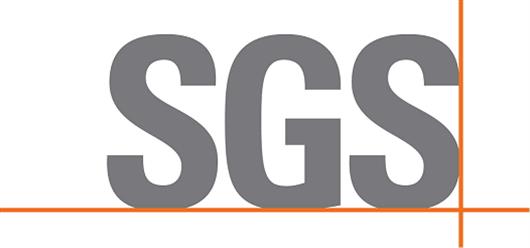 Add My Company
Add My Company
Sign In

Colin Ward looks at how new updates to ISO 14001:2015 – the environmental management (EMS) systems standard – provide a framework to help companies improve their environmental performance.
Today it is vital for organisations to keep one step ahead of the information curve to ensure that their management systems reflect changes in complex, demanding and dynamic environments. It’s like ‘keeping up with the Joneses’ on a whole other level.
Companies need to raise their game and consider the different elements that can affect their business. Instead of the singular bottom line theory – companies need to look beyond to a triple bottom line concerning economical, social and environmental factors.
In my opinion, environmental issues cannot be ignored in corporate strategy. As environmental compliance and legal regulations constantly change to mirror the climate of the workplace, organisations have become increasingly concerned over their environmental impact. To tackle these concerns companies have established their own reactive practices. The problem is that these practices are not generally comprehensive or sustainable, but lacking in coherent strategy. This can consequently cause companies to fall short of their environmental goals, failing to meet tender requirements and turning away potential customers.
The world’s most recognised environmental management systems standard – ISO 14001 – is the answer to many of these problems. Rather than simply meeting environmental compliance, ISO 14001 demonstrates a commitment to maintaining a framework for sustainable development and an updated standard is scheduled for release this September. The new standard (ISO 14001:2015) will help companies implement an EMS to control, review and monitor their environmental performance in order to minimise their impact on the environment.
The old version of ISO 14001 was simple to implement and highly effective but the updated standard poses a game changer – it has evolved to become more outward-focusing and forward-thinking. ISO 14001:2015 will now incorporate a new high-level structure called the Annex SL framework. This contains common requirements, terms and definitions that will form the basis of all future and revised management system standards (MSS). It ensures that all management system structures are aligned so that they are easier to understand, integrate and maintain. The Annex SL framework brings along with it two key areas of change – the context of the organisation and emphasis on leadership.
Under the new ‘context’ clause organisations need to understand what they are about, what they do and what people expect from them – this means assessing internal cultures and strategic directions. They will also need to determine external social, economical and environmental factors that may affect their business. Together these internal and external factors form the basic building blocks for developing the scope of the organisation’s EMS. The intention is to ensure that organisations have a high-level understanding of what can affect, either positively or negatively, their ability to achieve the intended outcomes of their EMS.
Another aspect of the inward-focusing approach is the role of leadership as a core part of all new and revised MSS. In previous management system standards those in senior positions often delegated responsibility to junior or middle managers. Often this resulted in opportunities being missed to fully maximise the benefits of implementing an EMS. However, in the updated standard, top management will be held accountable wherever responsibility is assigned to others and they must demonstrate active involvement across the EMS. These new requirements will inspire greater integration of environmental management into core business processes, and guarantee that environmental issues are considered at every executive level. The aim is to ensure consistency through shared values, attitudes and a unified understanding of direction. It’s about equalising company awareness and involvement – top management must be seen to be driving communications down to teams and subordinates to harmonise environmental goals.
At SGS we believe the benefits of ISO 14001:2015 are hard to ignore; it provides incremental operational improvement, increases efficiency, minimises energy and resource usage reducing operating costs, decreases the risk of penalties and avoids litigation. More importantly, it creates a competitive edge. The workplace is becoming more and more demanding and customers expect the best from their suppliers. ISO 14001 enhances an organisation’s credibility through its commitment to the environment. This increases stakeholder confidence, improves employee morale and creates new business opportunities with environmentally aware customers.
So, can your company afford to raise its game without ISO 14001:2015? Through implementing an environmental management strategy into every core business process, at every level of management, companies will remain up-to-date with environmental issues that are relevant to their business. They will then have the necessary systems in place to tackle these issues, keep ahead of the information curve and adapt quickly to changes in volatile workplace environments.
Colin Ward is UK Product Manager for ISO 14001 at SGS (www.sgs.co.uk) who can offer a variety of solution during the transition process.
For more information on The standard reason to raise your game with ISO 14001:2015 talk to SGS United Kingdom Ltd
Enquire Now
More News
List your company on FindTheNeedle.
